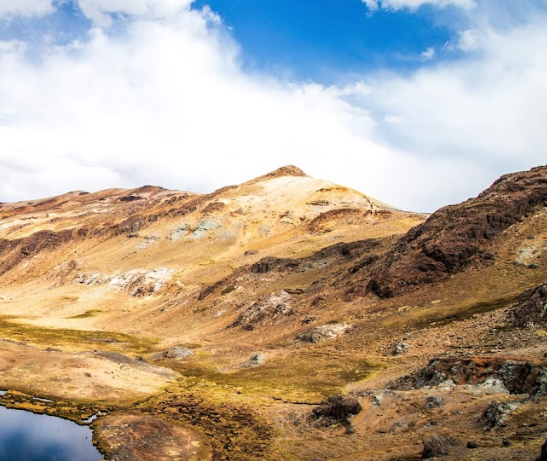Everyone Has Heard of the Gold Rush. How About a Silver Rush?
When James Marshall discovered gold at Sutter’s Mill in California in 1848, it kicked off the California Gold Rush. Thousands of prospectors abandoned everything and headed west to strike it rich. The gold rush peaked in 1852 when more than $80 million was mined, bringing the period to a close. But not until 1858, when silver was discovered in Nevada. Gold and silver have always been inextricably linked. This guide will go over the history of the Nevada Silver Rush and why it might happen again as demand for electric vehicles and solar panels increases.
Nevada’s Silver Rush History
The Nevada silver rush, which began in 1858, was a byproduct of the discoveries that were taking place at the time. It was built on the intrigue of the California Gold Rush. For years, miners scoured the landscape in search of low-paying ores and streams, while major mining companies used hydraulic machines to extract minerals from the deep earth. In Nevada, however, silver formed only on the surface. Silver sulphide minerals in Nevada transformed over aeons of desert conditions into silver chloride, which could be shovelled off the ground. A large silver bed can be several metres wide and more than a kilometre long at times.

The Comstock Lode supported large-scale silver mining after prospectors pillaged it. The Comstock Lode began in 1859 when two brothers, Hosea and Ethan Grosh, discovered a large vein of silver. The strike was so large that it triggered a mass exodus from California, with eager prospectors flocking to Nevada’s Washoe Valley. Many set out for Nevada’s high plateaus, hoping to find a rich lode, or mineral deposit, of gold.
The Silver Rush stimulates economic growth.
As a result, significant economic development occurred throughout the country. A railroad was quickly constructed, and the area quickly became one of the most heavily industrialized in the West. In the 1870s, Virginia City, a town built on top of the Lode, was the most important city between Chicago and the Pacific. The population grew from 4,000 people in 1862 to 25,000 people in 1874. The town’s six-story hotel housed the only elevator west of Chicago, and the downtown area boasted 110 saloons, several opium dens, and 20 theatres and music halls. As a result, Nevada Territory was established in 1861, followed by statehood three years later. By the 1870s, the mines had produced over $230 million, which helped finance the American Civil War. It also increased the value of the United States dollar.
This lasted until the 1890s when the mine supply and population of mining towns declined. Dangerous conditions and underground flooding made effective silver mining difficult. The water temperature below 700 feet rose to 108 degrees. When miners broke through the rock, steam and scalding water poured into the tunnel, forcing miners to jump into cages, risking death if the mining equipment failed to lift them quickly enough. As a result, miners began to migrate to Utah, Colorado, and South Dakota in search of new opportunities.
Is the next silver rush on its way?
Since the Gold Rush, technology and mining conditions have changed dramatically. Drones, self-driving electric vehicles, and virtual reality (VR) technology have greatly improved and streamlined the mining process. Mining companies are using these tools to make calculated calculations and avoid mistakes as society has become more involved and companies focus on becoming more sustainable. Furthermore, mining software, blasting optimization, and 3D printing all play a role.
Silver demand is at an all-time high. Governments and corporations are banding together to explore new territories in search of silver and other metals that will be critical in meeting global climate change targets. Silver will be required to power everything from electric vehicles and solar panels to batteries and charging stations. And, with billions of dollars spent on green technologies each year, the desire to create silver mining opportunities grows by the day.
In conclusion
There’s a lot to learn about the 1800s silver rush. However, the mineral’s demand is no longer just a matter of life and death. As the threats of climate change persist, it is critical to creating a sustainable, green world for future generations. The world needs miners now more than ever, but we also need them to be safe and secure throughout the process, and technology can help with that.
Source: www.digitalhistory.uh.edu/disp textbook.cfm?smtid=2&psid=3149
https://blog.dixonvalve.com/technology-trends-mining-industry
https://www.mgsrefining.com/blog/2021/10/27/what-was-the-nevada-silver-rush-and-why-was-it-special/
